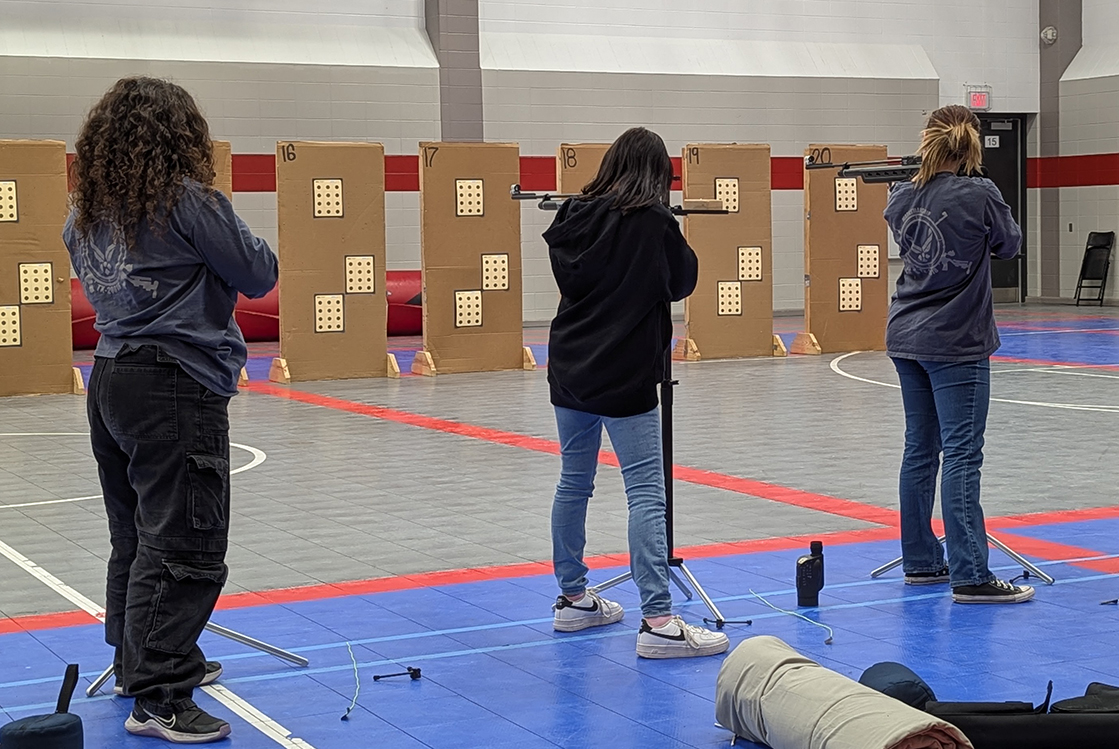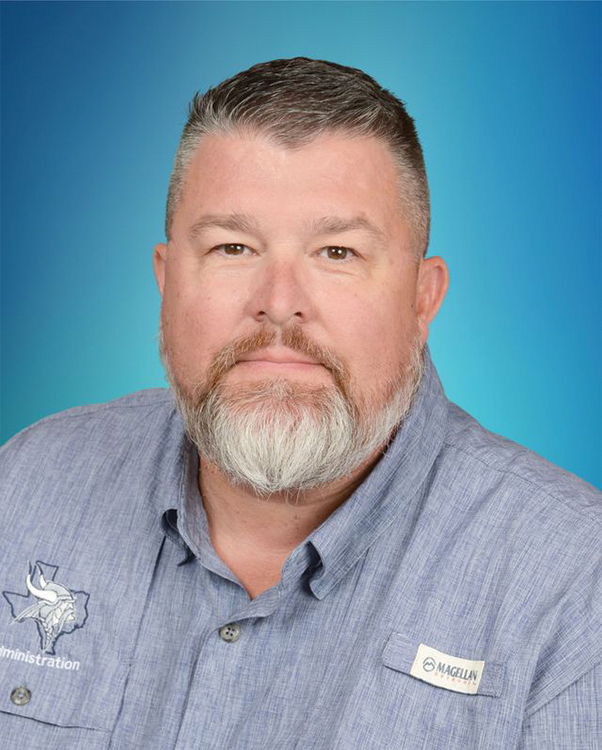He woke up on a cold December morning, not unlike any other. He shuffle out of bed, went through his normal routine, and got ready for work. He drove his car through early morning traffic as he did every day. As he pulled into the parking lot at the food bank, he noticed another car in the lot, but dismissed it as a volunteer worker waiting for the coordinator to arrive. Halfway through opening the food center, he heard a knock on the door. A little girl, of about seven, and her mother were standing in the doorway, dressed in pajamas, in the cold. They explained that they were in need of food. Their car was their home, the park bathrooms their showers. The mother then explained about the loss of her husband, and how it left her a widowed stay-at-home mom with a young daughter to take care of. It was one of those moments that changes a person’s life forever, at least it did for food warehouse distributor Jason Galindo, a former Bryan High student.
Hunger is a feeling everyone has experienced; the growling stomach, the fatigue, the exhaustion, but for most, a quick meal puts an end to these uncomfortable and distracting feelings. Some, however, don’t have that luxury as they are forced to live with the reality of not knowing where their next meal may come from. Hunger is real, and it isn’t just a foreign struggle, but a problem found across America.
“District wide, 75% or 11,842 of BISD students qualify for free and reduced-price meals,” head nutritional coordinator Sunday Fryrear said, “Sixty-seven percent or 1,362 students at BHS qualify for free and reduced-price meals.”
These numbers represent more than statistics, they are real students experiencing real hardships. However, many high school students are too afraid to ask, or simply do not know about the assistance that is available, as there is a 10% drop in the number of students who receive aid at the high school level.
“Students are afraid of a stigma that may be associated with being on free and reduced-price meals,” Fryrear said, “However, with improved technology such as online applications and the fact that all students scan their ID’s to get a meal, it is extremely difficult to determine which students are receiving free and reduced-price meals. We work very hard to maintain confidentiality on our part.”
The federal government provides around $7 million to fund these aid programs for students during the school day, but hunger doesn’t end at the school bell.
“Some schools provide snacks for students in tutoring or after school educational programs,” Fryrear said. “The district also participates in the Backpack Program which is a Food Bank program. On Fridays, certain students receive a backpack filled with food that they take home for the weekend.”
Such programs are also available during holidays and times when school is not in session. These programs do not receive funding from the federal government and are completely funded by grants and private donors.
“The Summer Food Service Program (SFSP) was created to ensure that children could continue to receive nutritious meals during the summer break,” Fryrear said. “Anyone between the ages of 1-18 may receive a free meal at any of our open sites. We do not ask for proof of income or proof of age.”
While schools and the district take an active role in providing for students, food banks play a large part in caring for those in the community who endure hunger and food insecurity.
“Last year, we distributed 6.5 million pounds [of food] within Brazos, Robertson, Grimes, Washington, Madison, and Burleson counties,” Galindo said, “According to Feeding America’s 2014 Hunger Study, our network of 200 food banks serve 46.5 million people a year, which translates to 1 in 7 people.”
While that number is staggering, there are many programs in place to help those who are struggling.
“Most of the agencies within our local food bank network cater to anyone that is hungry, with only a few requiring proof of residence,” Galindo said. “Anyone in need can also call 411 and ask for food assistance and the operator will direct the caller to someone that can help.”
For those not directly affected by hunger, there are ways they can help and give back.
“Not everyone has the income to donate to the cause, but most people probably have a few hours of their time to volunteer at some point during their week,” Galindo said. “Anyone that is looking to get involved can call any of the agencies and ask for volunteer opportunities, or come by the Brazos Valley Food Bank and lend a helping hand.”
Don’t let social stigmas deter you from either giving or receiving aid, because hunger is real, and it doesn’t care about age, gender, race, or income.
“If someone shows up on a bicycle carrying all of their belongings, they will receive aid,” Galindo said, “If someone shows up in a brand new BMW claiming they are hungry, they will receive aid.”
Galindo said society sees those driving around in a Mercedes and thinks ‘they must have a lot of money’, but the reality a lot can go wrong at any point in time. For examples, a lawyer, making 6 figures a year, driving in a Benz, with a half million dollar house could discover he has cancer, lose his job, can no longer afford health insurance, and is forced to find a way to pay his bills and take care of his family.
“There are those that are abusing the system, but I wholeheartedly believe that is a very small percentage compared to those that truly need the assistance,” Galindo said.





